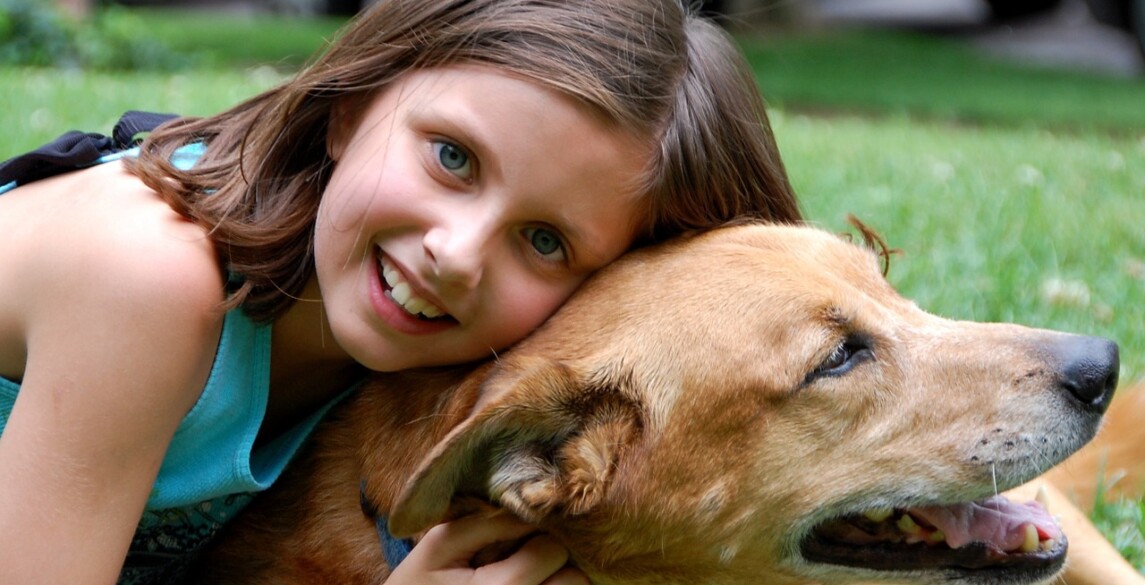Moving with Kids and Pets
“No matter your age (or species), the move process can be a lot to take in, and it can be difficult to find … Continued

“No matter your age (or species), the move process can be a lot to take in, and it can be difficult to find great moving tips. For children and pets though, it’s often overwhelming and scary. Fortunately, with a little bit of planning, you can make the move exciting for your kids, and at the very least, less stressful for your pets!
Tips for moving with kids
According to Forbes, more than two-thirds of families move during their children’s lifetime. While children aren’t the ones lining up move quotes and cancelling utility accounts, they still face many of the same challenges and stressors as their parents – not to mention a few of their own. It’s important to include them in your move plan to be mindful of how this transition is impacting them and what you can do to make it a smooth one.
How to help your child cope with moving anxiety
Before your move, keep children informed to give them time to adjust to the idea of moving. Then, as the move date approaches, involve them in the process with appropriate responsibilities during the move such as helping to pack their own room.
Moving with toddlers
If your children are infant or toddler age, you may not be able to have them pack their own room, but you should still prepare them as much as possible for the upcoming move. Toddlers especially are accustomed to their routine and surroundings, both of which are put into upheaval during a move. In the weeks leading up to move day, explain to your child or children that their belongings and toys will soon be put into boxes and moved to a new home where you all will live from now on. Depending on how well they deal with change, they likely will have lots of questions – and maybe a temper tantrum or two. Be patient with them, and as much as possible, frame the move as something exciting.
How best to handle move day largely depends on your child. For some, it can be extremely beneficial to arrange for a babysitter to get them out of the house and away from the packing and loading. Others may find the truck fun and exciting. For example, our drivers will let kids walk the truck and give them stickers to keep them occupied and feeling part of the process before starting their work. Whichever option you choose, also be sure to leave a few of their favorite toys and belongings out so they can play with them during the drive or flight to your new home.
Helping kids get acclimated after a move
You can make the move easier on your children once you get to your new home with these tips:
- Do your research before you move: Put together a list of fun activities in your new town or community to help acclimate your children with their new environment. Then, follow through on those activities and check them off together as you complete them.
- Sign up for summer camps in your area: If you move during the summer (like most families), summer camps can be a great way to get the kids out of the house. It lets you unpack, while also giving them an opportunity to make new friends.
- Set up a time to check out new schools: Make arrangements to tour your new school with your child before the hectic school year starts. This can be a great time to introduce yourself to staff and teachers in a more relaxed setting.
- Don’t wait for your neighbors to come to you: Make an effort to meet your neighbors, especially the ones with children. Introduce yourself, ask about upcoming neighborhood events and offer to host playdates at your house once you’ve unpacked.
Moving with pets tips
Children aren’t the only family members who find moving to be confusing and stressful. Our furry friends often find the whole transition to be extremely disorienting. Fortunately, there are several things you can do to prepare your pets for the move that will help to both alleviate your stress and keep your animals safe, including updating their microchip and tags.
Being prepared during the entire move process will not only reduce stress on you, but also your pet. Here are a few tips to keep in mind for before, during and after moving into a new home.
Ahead of the Move
Pets are attuned to how we’re feeling, and delaying your move prep likely will adversely affect them.
Here is what you can do to make the pre-move stage less stressful:
- Update your pet’s tags with your new address and your contact information.
- Make arrangements for them to be elsewhere – like with a friend or pet sitter – on moving day.
- Have your vet records prepared to transfer to your new vet.
- If you plan to do your packing yourself, make sure you give yourself ample time to avoid any frantic, late-night packing marathons.
- Have a pet carrier ready to use on moving day.
During the Move
While they might not like the cramped quarters, it’s important to keep your pet crated during the move, especially during the drive. If you are moving with pets across country, your pet will probably need more rest stops than you.
To make the trip cozier for your pet, keep familiar blankets, a bed or toys with them on the drive.
After the Move
It will take some time for your pet to get used to their new home. Be sure to spend plenty of time with your pet and immediately get back into the groove of your typical routine. And finally, find a new vet ASAP in case your pet has a harder time adjusting to the new home than you expected.
Little ones – whether with two or four legs – often find moving to be confusing and scary, but it doesn’t have to stay that way for long with the right preparation. A mix of getting them out of the house for the particularly busy parts, to preparing fun games and setting aside “treats,” can go a long way to make your upcoming move significantly easier on everyone involved. “


